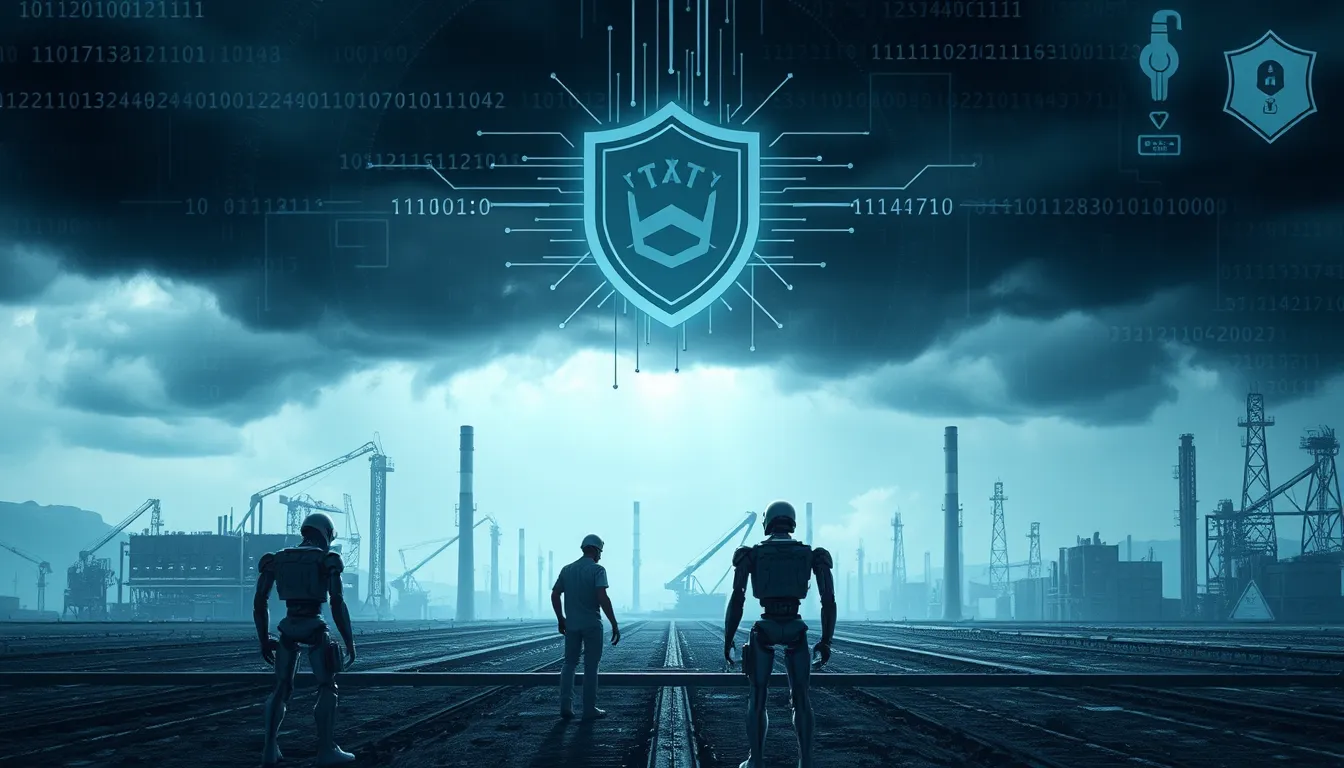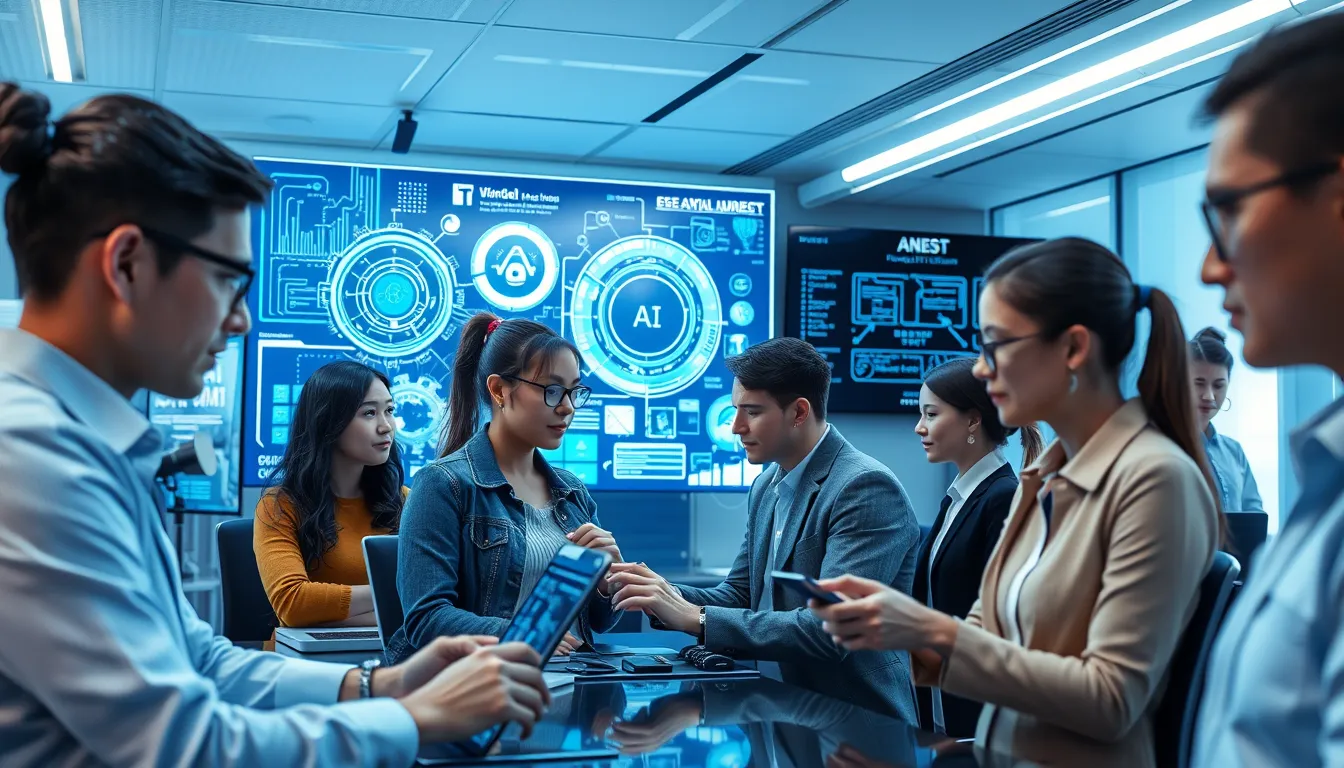Now Reading: Sam Altman AI: Unveiling AI Risks & Automation Job Losses
-
01
Sam Altman AI: Unveiling AI Risks & Automation Job Losses
Sam Altman AI: Unveiling AI Risks & Automation Job Losses

Sam Altman AI: Unveiling AI Risks & Automation Job Losses
Introduction: Confronting AI Risks
The rapid development of artificial intelligence is reshaping our world. Prominent tech leader Sam Altman recently issued a warning about AI risks and their potential impact on society. His concerns span from automation job losses to economic disparities and national security vulnerabilities. In this article, we explore these topics in detail, addressing how AI risks are emerging and what steps can be taken to mitigate them.
Understanding the Multifaceted AI Risks
Artificial intelligence brings tremendous potential for innovation, but it also comes with serious risks. Altman’s call to action brings attention to the following key issues:
- Automation Job Losses: As machines become more capable, many traditional roles are at risk of being automated, leading to significant employment challenges.
- National Security Concerns: The same AI technologies that drive innovation may also pose threats when exploited maliciously, challenging existing defense systems.
- Economic Disparities: The benefits of AI may not be uniformly distributed, with certain groups potentially facing greater economic hardships.
Each of these points underscores the importance of addressing AI risks from multiple angles. The conversation around AI is not just about technological advancement but also about ensuring that progress does not come at the expense of societal stability.
Sam Altman AI and the Warning on Automation Job Losses
Sam Altman has been particularly vocal about how AI risks extend to the labor market. With automation job losses already a pressing concern, Altman emphasizes that governments, industries, and educational institutions must collaborate to prepare the workforce for a rapidly changing economic landscape. For instance, workforce retraining programs are essential to help workers transition into roles that require new skill sets.
Furthermore, Altman’s insights compel us to examine how AI risks can exacerbate existing disparities. These risks also include the transformation of certain job sectors and the potential for widening gaps between those with technological skills and those without. His warnings serve as a crucial reminder of the need to integrate ethical AI guidelines and effective policy making.
How AI Is Reshaping the Job Market
- Job Displacement: As machines take over repetitive tasks, there is a real risk of significant automation job losses. Sectors such as manufacturing, customer service, and data analysis are at the frontline.
- Opportunities for Reskilling: Despite the challenges, AI also creates new job opportunities. Many industries are investing in training programs to help workers acquire new skills.
- Changing Work Environments: The infusion of AI into traditional roles encourages a shift toward more creative and strategic positions, potentially lowering monotonous labor demands.
For more insights on these trends, websites like the Brookings Institution provide research studies on technology and job markets, reinforcing the need to address these emerging AI risks.
Regulatory Frameworks for AI Safety
Given the inherent AI risks, establishing solid regulatory frameworks is imperative. Developers and policymakers must work together to create guidelines that ensure AI is both innovative and secure. Key steps include:
- Formulating clear ethical AI guidelines that promote transparency and accountability.
- Implementing robust AI regulation that addresses national security concerns.
- Encouraging international cooperation to standardize safety protocols across borders.
Government bodies such as the U.S. Department of Commerce and international organizations are already exploring ways to mitigate AI risks without stifling technological progress. By addressing regulatory frameworks for AI safety, we can better manage the potential fallout of automation job losses and other associated risks.
Balancing Innovation with Precaution
While the potential benefits of AI are immense, acknowledging and proactively managing AI risks is vital. The conversation extends beyond simple technological advancements—it’s about balancing innovation with precaution. Decision-makers are urged to focus on both embracing AI-driven progress and ensuring this progress does not leave behind those affected by automation job losses or other disruptive changes.
The Road Ahead
In conclusion, understanding AI risks is critical for developing a stable, sustainable future. Key takeaways include:
- Recognizing the transformative impact of AI on the job market and national security.
- Embracing proactive measures like workforce retraining and robust regulatory frameworks.
- Acknowledging that ethical AI guidelines are essential for balancing innovation with the welfare of society.
This balanced approach, which includes input from leaders like Sam Altman, illustrates that while AI risks present significant challenges, they also offer opportunities to rethink and reshape our collective future. By taking timely action and engaging with both industry and legislative bodies, we can fully harness the potential of AI while safeguarding against its risks.
As we move forward, it is crucial that discussions about AI risks become part of a broader dialogue on how to best integrate technology into our daily lives without compromising on security, fairness, or economic stability. This ongoing discourse will pave the way for a more resilient and equitable society in the era of digital transformation.

























